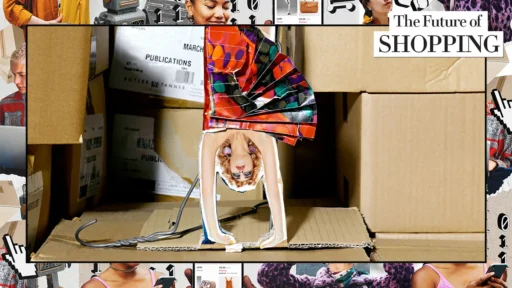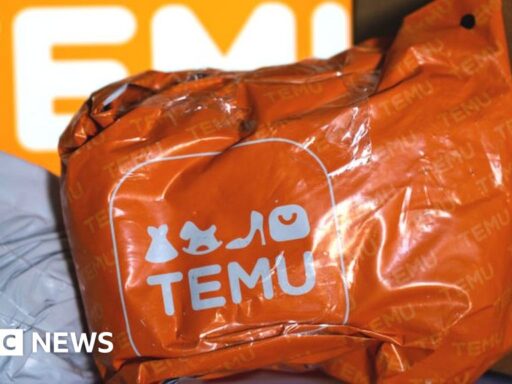“There is an increasing complexity and cost of selling goods online. To sell one dress becomes so expensive and you have to work very hard to get that margin play at scale,” says Carol Hilsum, a fashion-tech consultant who led digital strategies and innovation at Topshop, Net-a-Porter and later Farfetch during the e-commerce boom.
“There has been a bit of a sea change, with Farfetch and Matches being the shockers and the first to fall, and probably not the last,” says Julie Bornstein, whose career has spanned executive roles at Nordstrom, Sephora, Stitch Fix and The Yes. Now, “we are moving into a different stage.”
The rise of e-commerce unicorns proved that people will buy luxury online, and we’ve come a long way from retailer ‘info sites’, but the incumbents now must operate in a new normal. The first generation of fashion e-commerce sites — in Web1 — have since been upended by social media and smartphones, introducing a second generation of Web2 startups and mindsets. We are now in the early stages of Web3, in which the industry is undergoing another dramatic transition.
And yet, many of the original problems remain unsolved: one-to-one personalisation, fit and getting the right item to the right place at the right time, for a profit. Here’s how we got where we are — and what’s next.
The rise of Web1: The noughties
When Massenet pitched the idea of a store with no physical footprint, many in the luxury industry doubted that anyone would blind-buy luxury goods. At first, she had a hard time convincing brands to see her as a legitimate retailer. But within a few years, many luxury names came to view acceptance by Net-a-Porter as an important endorsement.
Net-a-Porter didn’t break the mould; it made one, building first-of-its-kind tech from the ground up, and serving as inspiration for other retailers to come. It was the first to offer global shipping, for example, and automatically calculate details such as taxes or duties within the shopping cart — functions that now would be a Shopify plugin that you could unlock for a monthly fee, Hilsum says. There were no norms for personalisation, language translations or product imagery. “I look back in amazement at how much we were able to build efficiently for the first time from scratch,” Hilsum adds.







